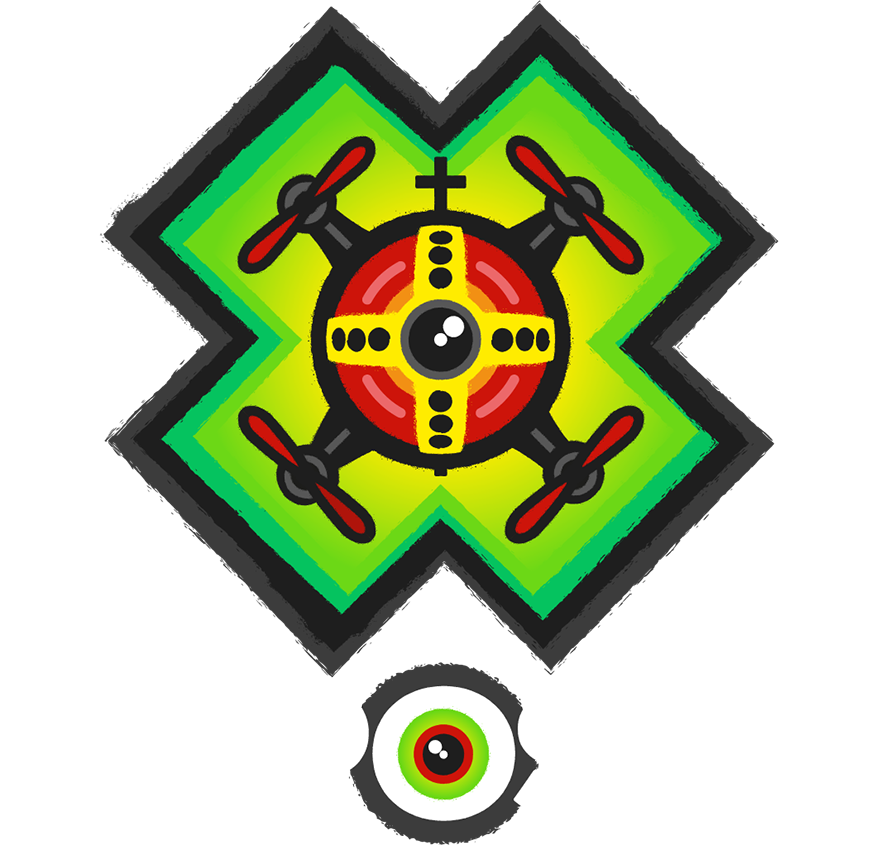Art and Innovation (2012)
“The proper artistic response to digital technology is to embrace it as a new window on everything that’s eternally human, and to use it with passion, wisdom, fearlessness and joy.”
Ralph Lombreglia
The colliding of the worlds of art and digital has encouraged the democratisation of conceptual art, bringing ideas to more people, from all walks of life, all over the world.
From the beginning of human creation, the purpose of art was to teach. Prehistoric cave paintings signified fruitful hunting grounds; medieval Italian frescoes taught the effects of Good and Bad Government; and social realism provoked change through raising awareness of social inequalities. As art has progressed, we see that the language for communicating these ideas has changed to adapt to popular culture, becoming more than just a visual experience. Art today should speak through a modern language to which one can relate.
In today’s society, we are saturated with technology and instantly accessible information. One of the latest and most effective means of spreading information is through the use of QR Codes (Quick-Response Codes). In order to understand the unlimited possibilities of this new technology, we must contextualise it in relation to past innovations.
Looking back to 15th Century Europe for example, Johannes Gutenberg’s remarkable invention, the printing press, had enormous impact on the world. Thanks to this extraordinary machine, information was widely and efficiently disseminated to all classes in society; increasing literacy, awareness, and empowerment. With this democratisation of information, knowledge was no longer accessible only to the literate and affluent but to everyone, regardless of wealth or status, through posters, newspapers, and pamphlets. Further, the printed word and image became a tool for social change, fueling revolution.
The advent of the QR Code, much like the early printing press, is helping improve accessibility and availability of information. There are over 12 million mobile phone users in the UK and now that nearly 60% of all mobiles sold are smartphones, it won’t be long before most everyone will be engaging with the world in some way through a handheld device.
But where does artistic tradition fit in with technological innovation and what kind of impact will it have on art? Artists asked similar questions after the invention of the camera in the mid-19th century as traditional skills were no longer required to document the visual history of society. With this liberation from historical obligation, artists were able to experiment through paint with light and colour like never before, helping to drive forward completely new and original definitions of art. Technology did not kill the tradition of painting, but rather prompted it towards new visual and philosophical development. As artists throughout history have utilised technological innovation to great effect, today’s artists will inevitably do the same in an ever-increasing digital world.
By painting QR codes, modern didactic tools are being employed to communicate without abandoning the notion of artwork as an object. The tangible and traditional methods of painting are familiar to the viewer, giving the QR Code imagery a sort of plastic physicality, a true aesthetic existence in the world to complement its intangible, digital presence on phones and computers. Technology is a part of the natural progression of artistic language and artists must embrace it while still drawing inspiration from artistic tradition.
The notion of using QR Codes in art embodies the inclusive and participatory idea of art functioning both inside and outside of the gallery, causing the most important part of the work to emerge at the beautiful moment when the art and the everyday intersect. With these paintings, viewers can enjoy the abstract, geometric characteristics for their formal, aesthetic qualities. They can then continue to experience the work through the QR Code via an interactive website where viewers can upload their own ideas and experiences through words and images or they can “like” someone else’s additions or leave comments. In essence, they can become a part of the creation and evolution of the artwork and how it’s perceived. This concept is completely unique because of the participant’s ability to learn, understand, and engage instantly. As in performance art and Happenings of the 1960’s, the most important part of this type of art is completed by the viewer, who is able to become a part of something greater, a network of people and information with infinite possibilities. These artworks allow everyone to become “the artist”.
Here, the didactic functions of art are pushed further than ever before, as the painting is literally a portal to a vast reservoir of information, images, and ideas. Art is presented in a traditional medium and a gallery setting but employs a novel, inclusive, and contemporary method of information dissemination that speaks to and involves the modern world. The result is an ever-expanding work of art: a synthesis of physical and digital, formal and conceptual, gallery and reality – and the possibilities are endless.
Morgan Gilbreath
History of Art
Edinburgh University
